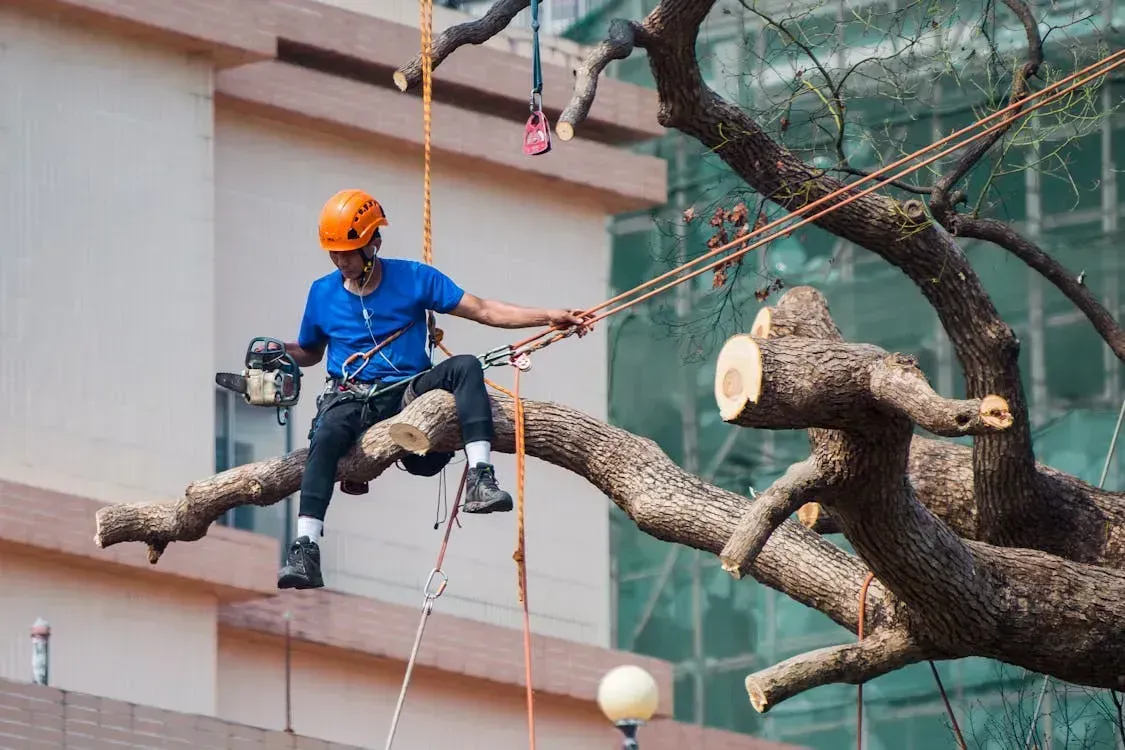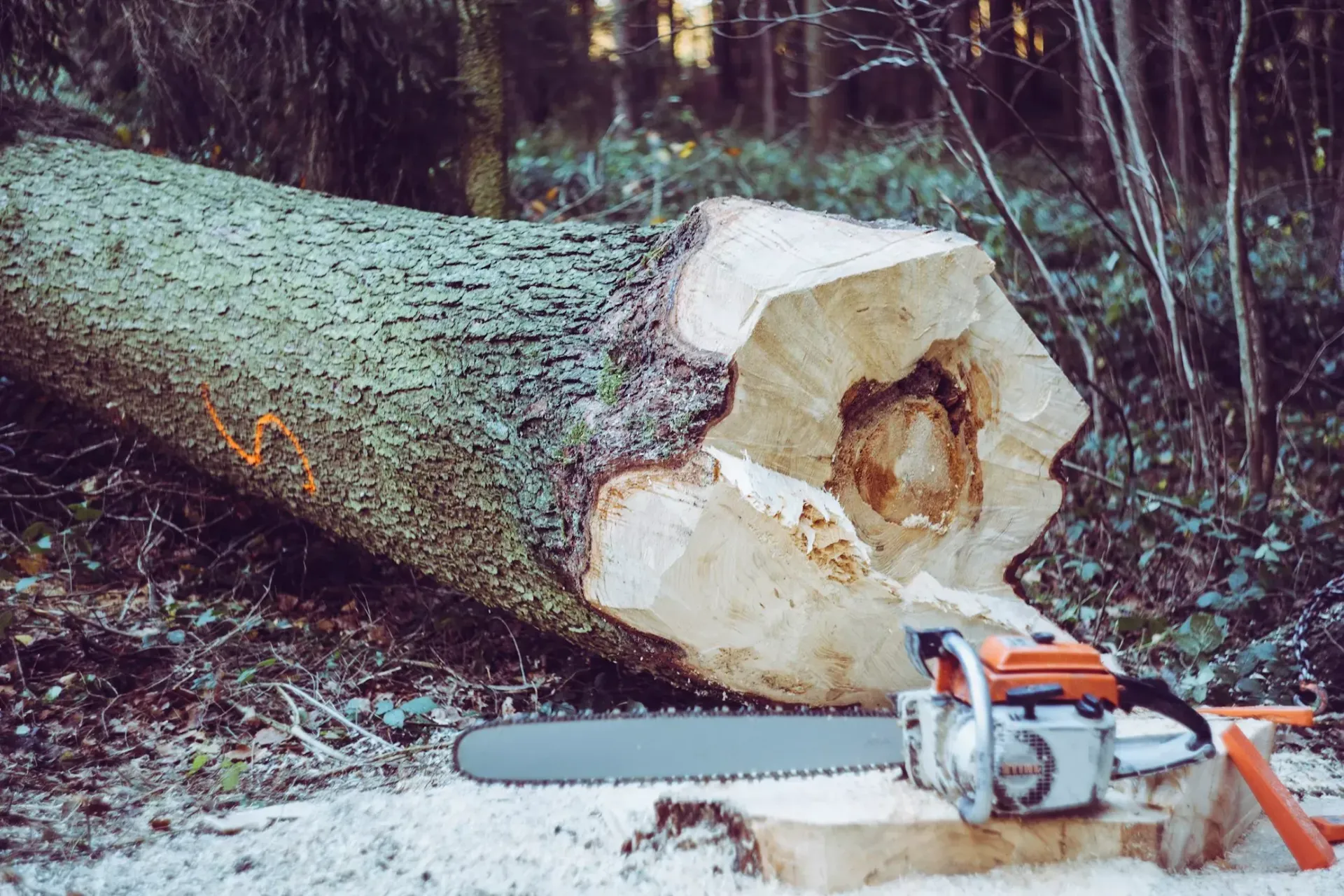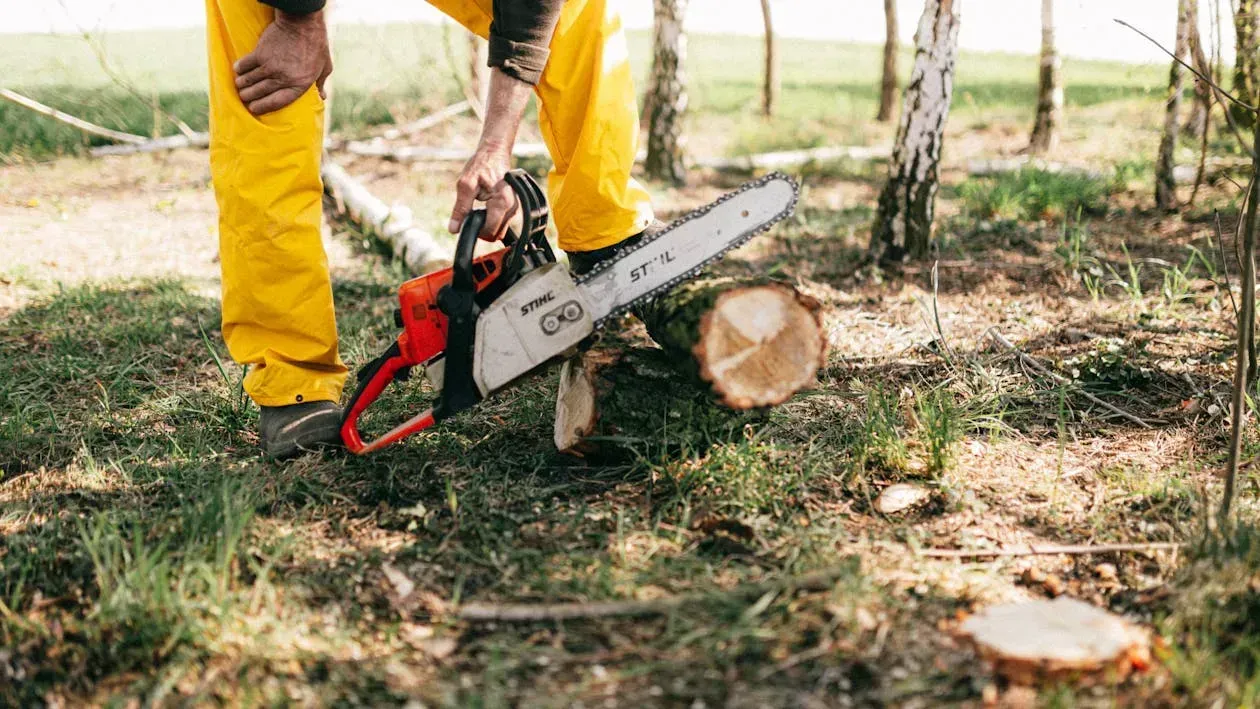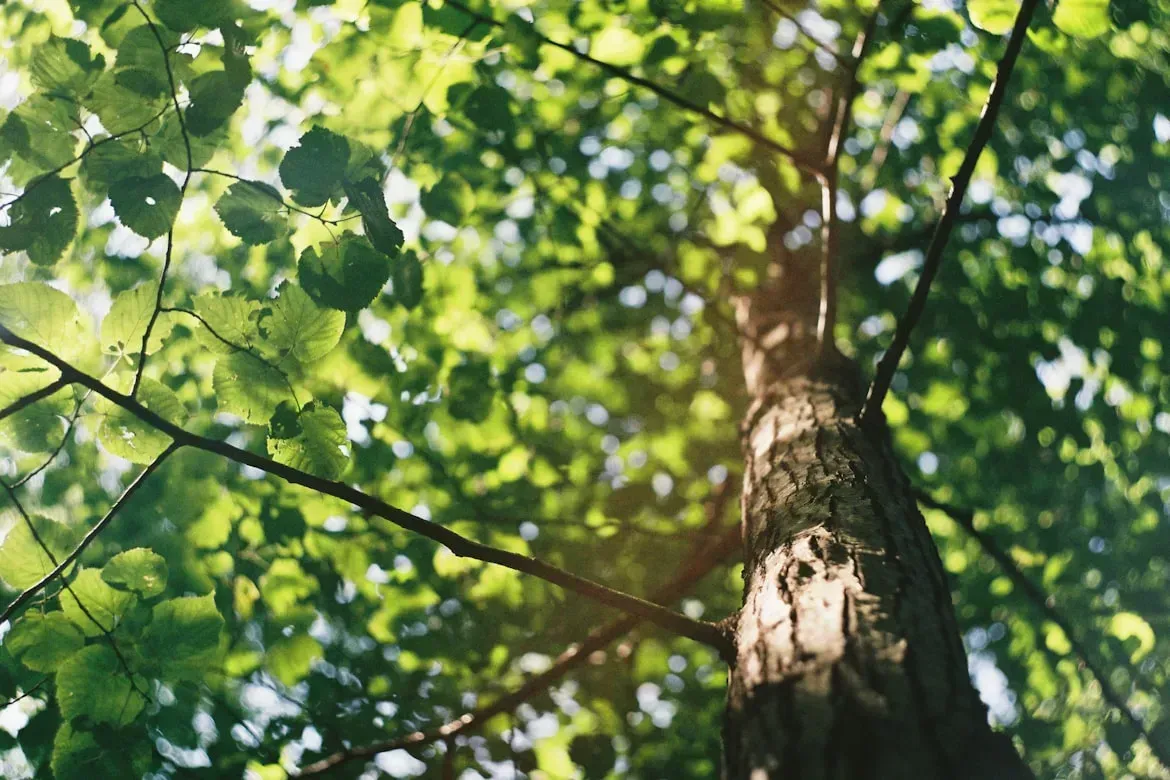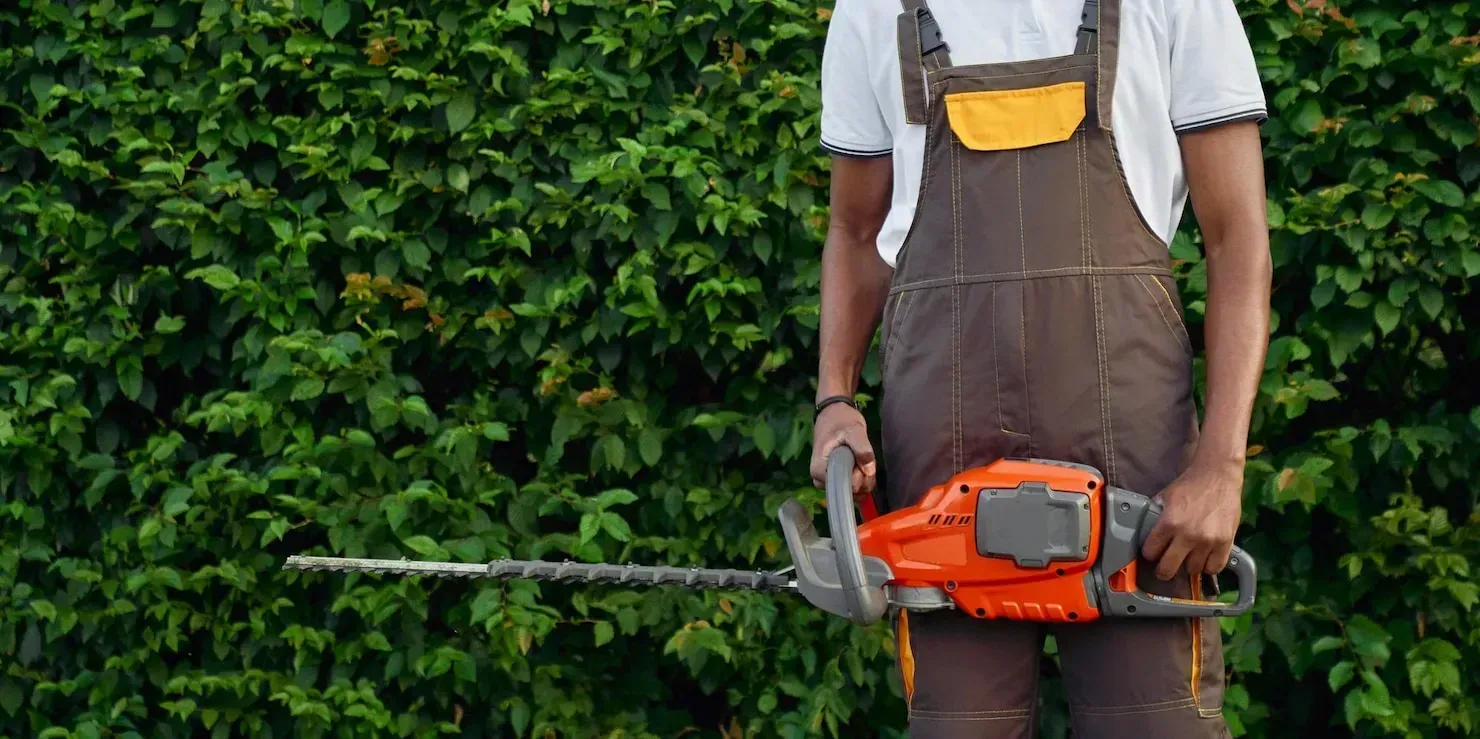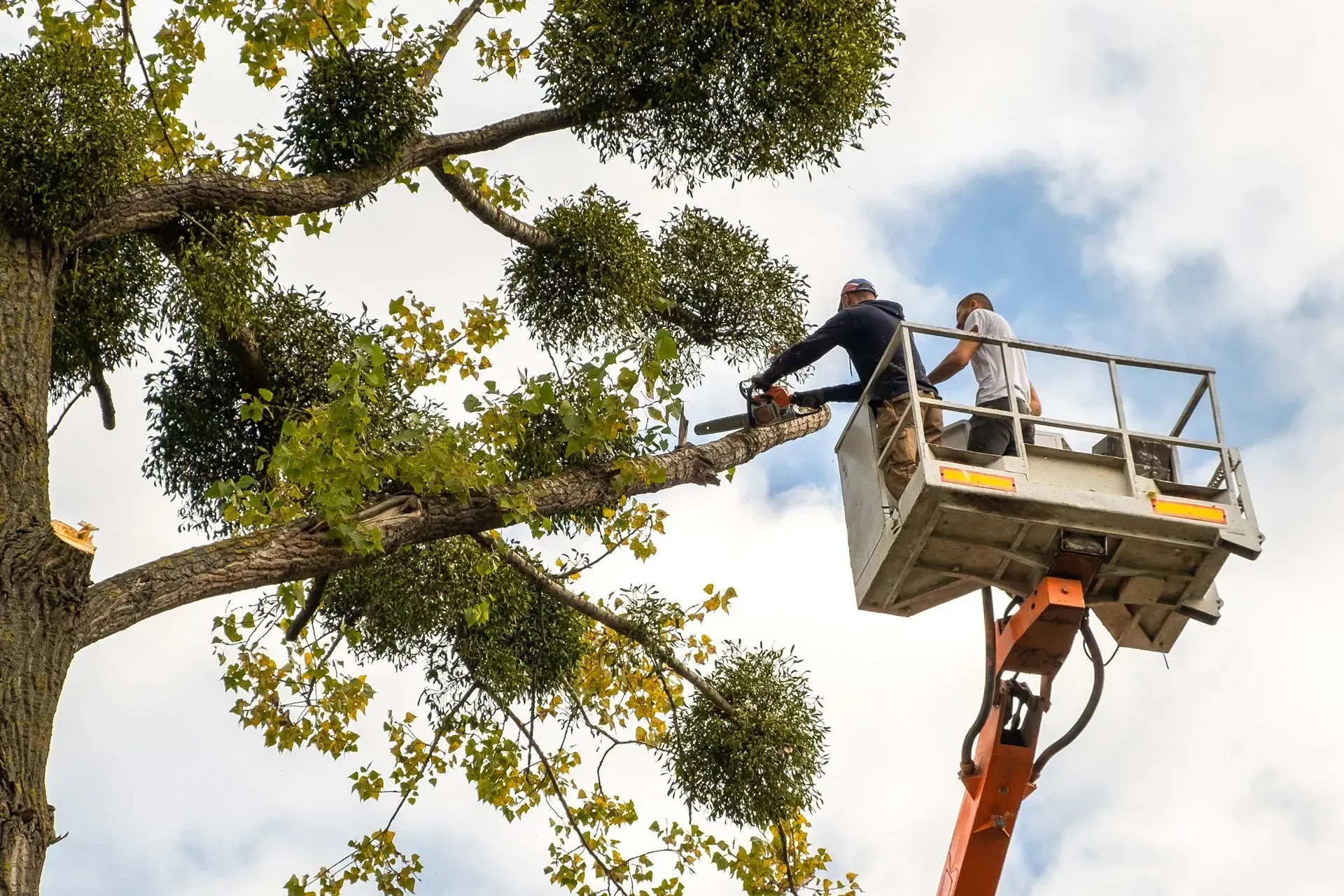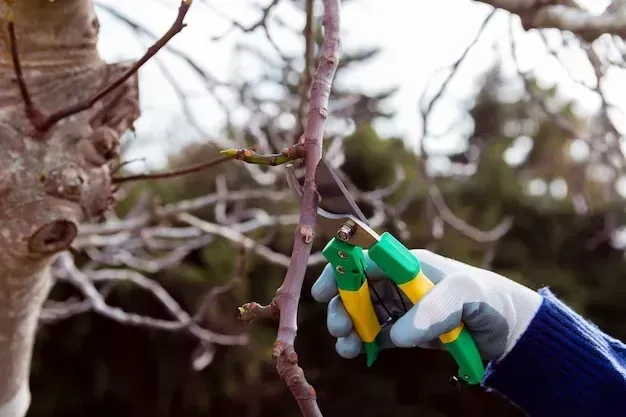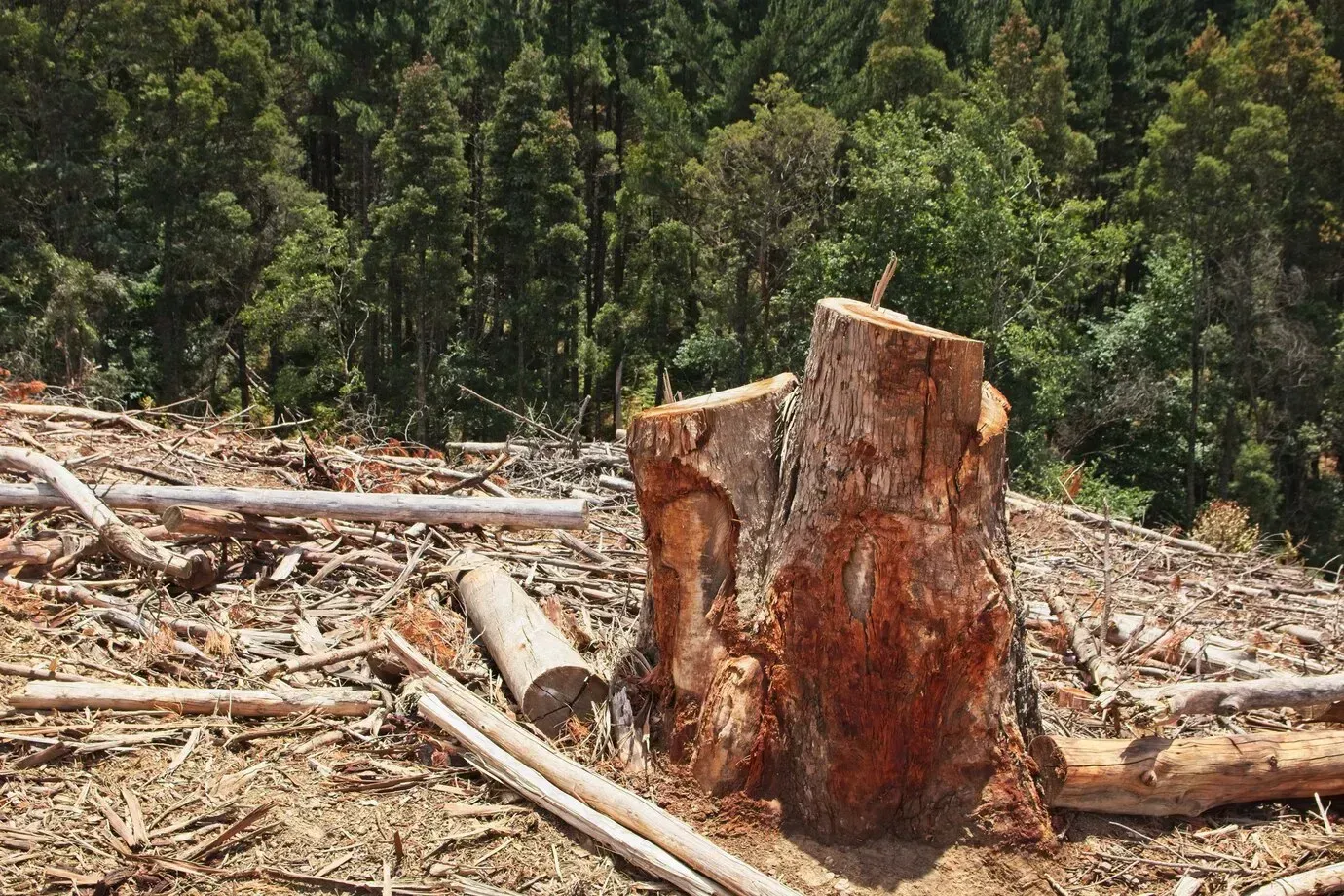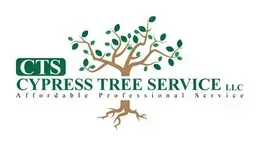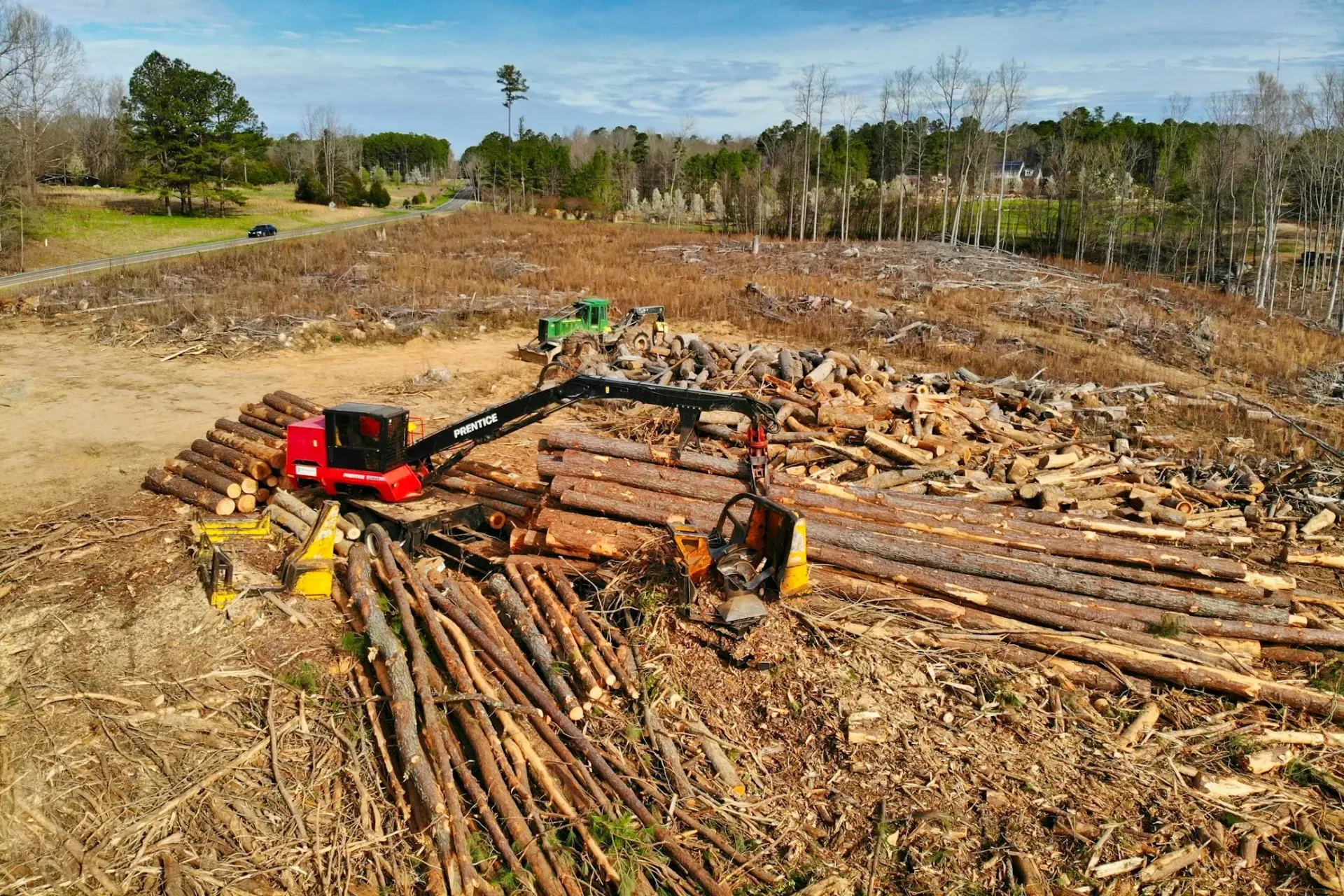Brush Clearing 101: What It Is and How It's Done
The Basics of Brush Clearing
Ever pondered what keeps wildfires at bay or why that local park looks impeccably maintained?
The unsung hero often goes by the name of brush clearing. It's not just about aesthetics; it’s a vital practice for land management and fire prevention.
With a recent uptick in awareness, homeowners and land managers are increasingly seeking brush clearing services. But what exactly is brush clearing, and how does one go about it?
Let’s dive in and unravel the mysteries of this essential land management practice.
Understanding Brush Clearing
Brush clearing is more than just cutting down vegetation.
It's a systematic approach to managing overgrown areas, targeting dense foliage that can become a fire hazard or hinder land development.
So, what exactly falls under 'brush'? Generally, it includes shrubs, small trees, and overgrown vegetation that's not only unsightly but can also harbor pests and diseases.
Why Clear Brush?
- Fire Safety: Overgrown brush is fuel for wildfires. Clearing it significantly reduces fire risks.
- Land Development: Whether it's for construction or agriculture, clear land is easier and safer to work with.
- Ecological Balance: Thoughtful clearing can promote biodiversity, giving space for various plant species and wildlife to thrive.
- Aesthetic Appeal: Clean, well-managed land is visually pleasing and can increase property values.
The Benefits of Brush Clearing
Embracing brush clearing comes with a plethora of advantages, spanning from environmental health to property aesthetics. Let's explore these benefits in detail:
1. Fire Prevention and Management
- Clearing brush acts as a firebreak, reducing the intensity and spread of wildfires.
- Maintains safe zones around properties, a critical step recognized by fire safety authorities.
2. Promotion of Healthy Plant Growth and Biodiversity
- Removing overgrown brush allows sunlight and nutrients to reach the soil, nurturing a diverse plant ecosystem.
- Supports wildlife by maintaining a balanced habitat, crucial for ecological health.
3. Pest and Disease Control
- Dense brush is a breeding ground for pests and diseases. Clearing it helps in controlling these outbreaks, protecting the ecosystem.
4. Improvement in Aesthetics and Property Value
- A well-maintained piece of land is not only pleasing to the eye but can also significantly boost property value.
- Creates usable space for recreational activities or future development projects.
Statistics from recent studies underline the effectiveness of brush clearing in wildfire prevention and land management.
For instance, a 2020 study revealed that strategic brush clearing reduced wildfire spread by up to 40% in certain areas.
Pre-Brush Clearing Considerations
Before the brush meets the blade, certain crucial steps ensure the clearing process is legal, safe, and environmentally conscious. Here’s what needs consideration:
1. Legal Requirements and Permits
Brush clearing often requires permits, especially in sensitive ecological zones. Always check with local authorities to stay compliant with laws and regulations.
2. Environmental Impact Assessment
Assessing the potential impact on local wildlife and habitats is paramount. In some cases, an environmental consultant might be necessary to ensure your clearing project doesn’t disrupt the ecosystem.
3. Strategic Planning
Mapping out the area and identifying which vegetation to clear is crucial. This step ensures you maintain the balance between clearing and preserving, keeping the ecosystem's health in check.
4. Consultations
Engaging with environmental experts or local authorities can provide insights into the best practices for brush clearing in your area, aligning your project with community standards and ecological requirements.
Taking these pre-clearing steps not only safeguards your project against legal and environmental pitfalls but also ensures that your brush clearing efforts are as effective and sustainable as possible.
Methods of Brush Clearing
Brush clearing can be approached in several ways, each with its tools and techniques. Choosing the right method depends on the size of the area, the type of vegetation, and the specific goals of the clearing project. Let's look at the most common methods:
1. Manual Clearing
- Involves hand tools like axes, saws, and clippers.
- Ideal for small areas or where precision clearing is needed.
- Labor-intensive but offers control and minimal disturbance to the surrounding area.
2. Mechanical Clearing
- Uses heavy machinery like bulldozers, excavators, or forestry mulchers.
- Suited for large-scale projects, clearing large areas efficiently.
- Requires skilled operators and safety precautions due to the machinery's size and power.
3. Chemical Methods
- Involves the use of herbicides to manage vegetation.
- Used selectively, often as a supplement to manual or mechanical methods.
- Requires understanding of the chemicals' environmental impact and compliance with regulations for safe use.
4. Integrated Brush Management
- Combines different methods for a comprehensive approach.
- For instance, using mechanical clearing for the bulk of the work, followed by manual clearing for precision and chemical methods for managing regrowth.
Each method has its place, and often, a combination of approaches yields the best results.
Safety Measures in Brush Clearing
Safety is paramount in brush clearing, whether you're wielding a chainsaw or operating heavy machinery. Here's a rundown of essential safety measures:
1. Personal Protective Equipment (PPE)
- Essential gear includes gloves, eye protection, hearing protection, and sturdy boots.
- When using power tools, additional protection like chainsaw chaps and hard hats is crucial.
2. Safe Operation of Tools and Machinery
- Familiarize yourself with the operation manuals of any equipment you use.
- Regularly maintain and inspect your tools to ensure they're in safe working condition.
3. First Aid and Emergency Procedures
- Always have a first aid kit on hand and know the basics of treating cuts, burns, and other injuries.
- Know your location and have a plan for contacting emergency services if necessary.
4. Environmental Safety
- Be mindful of the surrounding wildlife and habitats. Avoid disturbing nests or habitats, and be cautious with chemicals to prevent contamination of water sources.
- Understand the best times for clearing to minimize the impact on local flora and fauna.
By adhering to these safety measures, brush clearing can be done effectively while minimizing the risk of accidents and environmental harm.
DIY vs. Professional Brush Clearing
Deciding between tackling brush clearing yourself or hiring professionals is pivotal. Each option has its merits and considerations.
DIY Brush Clearing
Pros:
- Cost-effective if you already have the necessary tools.
- Gives you full control over the project's pace and specifics.
Cons:
- Time-consuming, especially for large or heavily overgrown areas.
- Requires a significant effort in learning and executing safely and effectively.
Professional Brush Clearing
Pros:
- Experts bring experience, efficiency, and specialized equipment.
- Often includes a comprehensive service, from planning to waste disposal.
Cons:
- More expensive upfront, but consider the time and potential equipment costs you're saving.
Cost Analysis and Time Investment
- DIY might seem cheaper, but don't underestimate the time investment and the learning curve.
- Professional services, while initially pricier, offer expertise and equipment that can handle the job more quickly and effectively.
Recent market data shows a wide range in the cost of professional brush clearing services, influenced by factors like land size, vegetation density, and the clearing method used.
Post-Clearing Management and Maintenance
Once the brush is cleared, the job isn't quite done. Proper post-clearing management and maintenance are crucial to ensure the longevity of your efforts and the health of your land. Here’s how to handle the aftermath of brush clearing:
1. Disposal of Cleared Brush
- Options include chipping, burning (where legal and safe), or hauling to designated disposal sites.
- Consider repurposing cleared vegetation, for example, as mulch or compost, aligning with sustainable practices.
2. Soil Rehabilitation and Erosion Control
- Clearing can disturb the soil. Measures like mulching, planting cover crops, or installing erosion control fabrics can help stabilize the soil and promote healthy regrowth.
3. Reforestation or Replanting Strategies
- In some cases, reintroducing native plants or trees can restore ecological balance and enhance the beauty of the landscape.
- Choose species that are appropriate for your area’s climate and soil, and that support local wildlife.
4. Regular Maintenance Schedules
- Brush can regrow quickly. Regular maintenance, like mowing or spot clearing, helps keep the land manageable and prevents the need for another major clearing in the future.
Implementing these post-clearing strategies not only maximizes the benefits of your brush clearing efforts but also contributes to the sustainability and ecological health of your land.
Future Trends in Brush Clearing
As we look forward, the field of brush clearing is evolving, driven by technological innovation, policy changes, and a growing emphasis on sustainable land management. Here’s what’s on the horizon:
1. Technological Advancements in Brush Clearing Equipment
- Expect more efficient, environmentally friendly machinery, reducing the time and labor required for clearing projects.
- Innovations like GPS and drone technology are enhancing precision in large-scale clearing operations.
2. Policy Changes and Environmental Regulations
- Regulations are likely to become more stringent, focusing on sustainable practices and the protection of native ecosystems.
- Landowners and clearing professionals will need to stay informed and adaptable to comply with evolving guidelines.
3. The Role of Brush Clearing in Sustainable Land Management
- Brush clearing is increasingly recognized as a tool for promoting biodiversity, preventing wildfires, and managing climate change impacts.
- Sustainable clearing practices, like selective clearing and promoting native species, are becoming the standard.
4. Forecasting and Data-Driven Brush Management
- Leveraging data and predictive analytics to plan and execute brush clearing operations more effectively.
- Studies and forecasts are providing insights into the most effective strategies for different ecosystems and climate conditions.
These trends indicate a dynamic future for brush clearing, blending traditional practices with modern technology and ecological insight.
Conclusion
As we conclude our journey through the ins and outs of brush clearing, it's clear that this practice is more than just a chore—it's a commitment to land health, safety, and aesthetics. Whether you're looking to mitigate wildfire risks, improve biodiversity, or simply enhance your property's appearance, brush clearing stands out as a pivotal activity.
For those in Byram Township, NJ, and the surrounding areas including Sparta, Newton, Andover, Hopatcong, and Jefferson, you're in luck.
Cypress Tree Service is your local ally in managing your land's needs. Offering a comprehensive array of services, they're not just experts in brush removal. Their proficiency extends to tree removal, trimming, and pruning, stump grinding, lot clearing, crane-assisted tree removal, and storm damage cleanup.
Why Choose Cypress Tree Service?
- Expertise and Precision: With a team of skilled professionals, Cypress Tree Service ensures that your tree care and land clearing needs are met with precision and expertise.
- Comprehensive Services: From routine maintenance to emergency services, they cover all aspects of tree care and brush clearing.
- Local Understanding: Situated in Byram, NJ, they have a deep understanding of the local ecosystem, offering services tailored to the specific needs of the area.
Whether you need a one-time brush clearing or a long-term maintenance plan, Cypress Tree Service is ready to assist. Their commitment to maintaining the health and beauty of your trees and property is unmatched.
Contact Cypress Tree Service today and experience the difference that professionalism, dedication, and local expertise can make for the health and beauty of your landscape. It's time to turn your land management challenges into opportunities for growth and rejuvenation.
